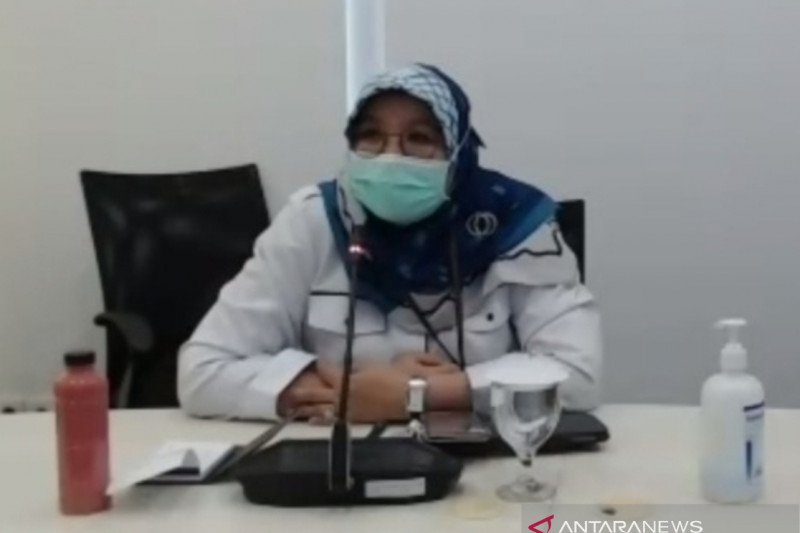Jakarta (ANTARA) – The Ministry of Health (Kemenkes) conveyed three types of AIDS transmission caused by the HIV (human immunodeficiency virus) virus to educate the public about how to prevent it and maintain reproductive health in general.
“So we must first understand how HIV can be transmitted. Unlike COVID-19 or like a cough and then catching it, so actually (people) are not easy to get infected with HIV,” said the Director of Prevention and Control of Direct Communicable Diseases of the Ministry of Health, dr. Siti Nadia Tarmizi by telephone with ANTARA in Jakarta, Tuesday.
Also read: Commemorating AIDS Day, the Ministry of Health invites the public to check early
Also read: World AIDS Day, get enough nutrition so that HIV does not develop into AIDS
He said the transmission of the HIV virus did not occur easily, but people were still expected to be careful to avoid infection with the virus.
Nadia said there are three types of transmission that can cause a person to become infected with HIV / AIDS, including through the use of unsterilized syringes and needles that are shared or shared.
“Usually this is the most we get for injecting drug users. He uses injections to inject drugs in a crowd,” he said.
Then, next is sexual transmission, namely risky sexual transmission. This means that if a person frequently changes partners and has unprotected sex, that person is at high risk of contracting the HIV virus.
“Therefore, we know that one of the efforts to prevent sexual transmission of HIV is, for example, by using a condom,” said Nadia.
Also read: AIDS Day, Elton John calls for support for sufferers
Also read: Education to eliminate stigma-discrimination against HIV / AIDS
So, for example, a husband or a partner who may be infected with HIV and then he has sex with his wife, must use a condom, so as not to transmit HIV.
In addition, HIV transmission can also occur through vertical transmission from mother to child.
“Of the three, this is actually the source of HIV transmission. We then do various things, from preventing someone from becoming infected until later, if that person is already infected so that the infection does not become AIDS,” said Nadia.
Reporter: Katriana
Editor: Endang Sukarelawati
COPYRIGHT © BETWEEN 2020
–


